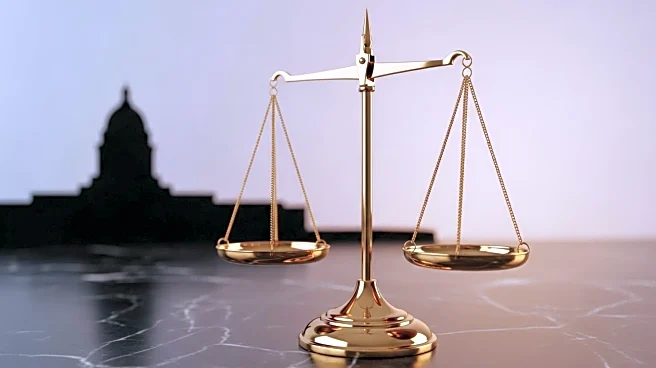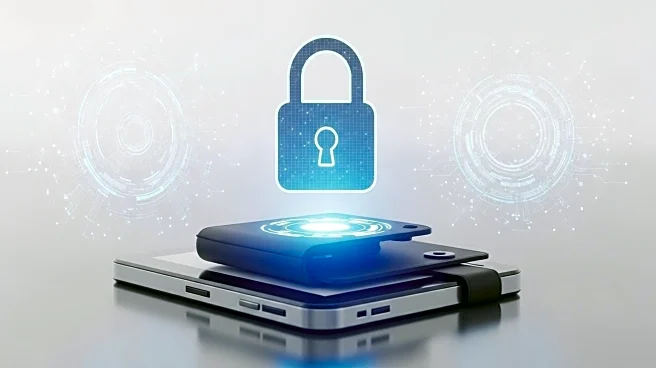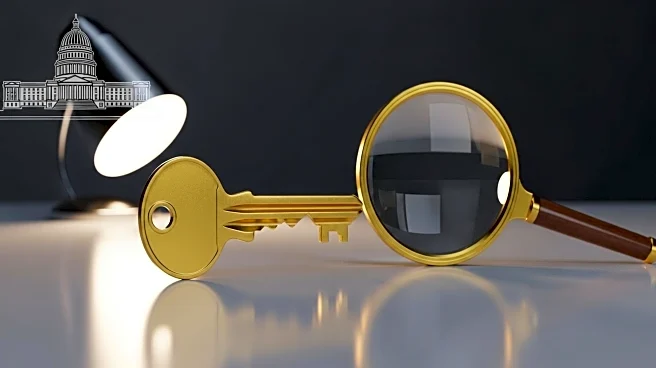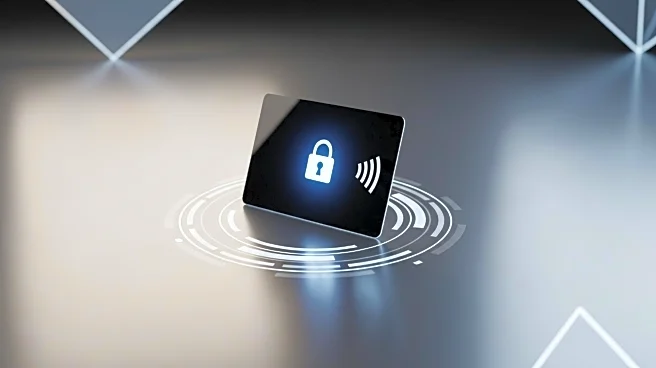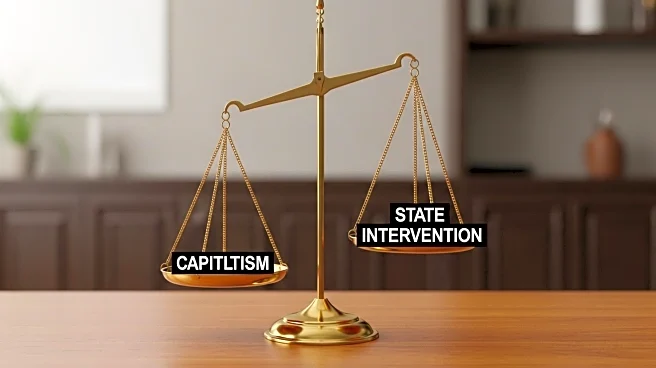What's Happening?
The Internal Revenue Service (IRS), along with the Treasury Department and other federal entities, is set to phase out the use of paper checks for payments by the end of September 2025. This decision follows an executive order signed by President Trump in March, which aims to eliminate the unnecessary costs, delays, and risks associated with paper-based payments. The Treasury Department announced that it would cease issuing paper checks for most federal payments starting September 30. This move is part of a broader effort to enhance efficiency and security in federal payment systems. Individuals receiving federal payments, such as Social Security or Veterans benefits, are encouraged to enroll in direct deposit to ensure uninterrupted receipt of their funds.
Why It's Important?
The transition from paper checks to electronic payments is significant for several reasons. It is expected to reduce the risk of fraud, theft, and lost payments, which are common issues with paper-based transactions. Additionally, electronic payments are faster and more reliable, ensuring that recipients receive their funds promptly. This change will also lead to cost savings for the federal government by eliminating the expenses associated with printing and mailing checks. The move aligns with a longstanding bipartisan goal to modernize payment systems and improve the efficiency of government operations. Beneficiaries of federal payments stand to gain from more secure and timely transactions.
What's Next?
As the September 30 deadline approaches, federal agencies are urging recipients of paper checks to transition to direct deposit. The Treasury Department has provided several options for enrollment, including online registration and phone assistance. Stakeholders, including federal payment recipients and financial institutions, are expected to adapt to this change. The government will likely monitor the transition closely to address any issues that arise and ensure a smooth implementation. This shift may also prompt further modernization efforts in other areas of government operations.


